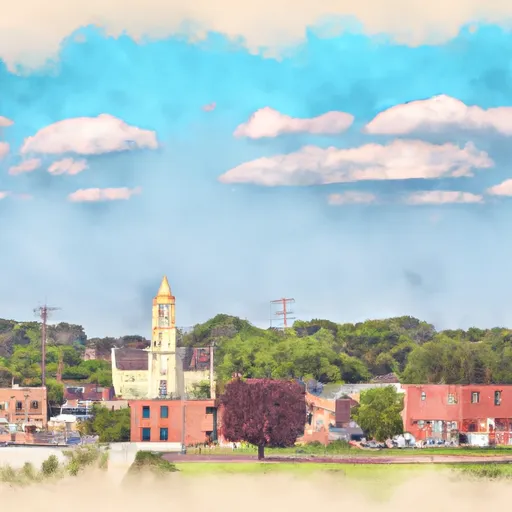°F
°F
mph
Windspeed
%
Humidity











Located in Scott County, Iowa, Long Grove is a small town with a population of approximately 800 people. The climate in Long Grove is classified as humid continental, characterized by cold winters and warm summers. Average temperatures range from 14°F (-10°C) in January to 85°F (29°C) in July. Precipitation is evenly distributed throughout the year, with an average annual rainfall of about 36 inches (91 cm).
The town is situated near several hydrology constituents, including the Wapsipinicon River, which flows through the county, providing opportunities for fishing and boating. In addition, Long Grove is surrounded by beautiful rural landscapes, with many creeks and streams that offer scenic views and potential recreational activities such as hiking, bird-watching, and picnicking.
Outdoor enthusiasts can also explore the nearby Scott County Park, which offers a wide range of recreational opportunities. The park features camping facilities, hiking and biking trails, fishing ponds, and picnic areas. It is also home to a golf course, playgrounds, and a swimming beach.
Overall, Long Grove, Iowa, offers a picturesque setting with diverse outdoor recreation opportunities, making it an ideal destination for nature lovers and those seeking to engage in various outdoor activities.
Weather Forecast
Long-Grove receives approximately 914mm of rain per year, with humidity levels near 81% and air temperatures averaging around 10°C. Long-Grove has a plant hardyness factor of 5, meaning plants and agriculture in this region thrive during a short period during spring and early summer. Most plants will die off during the colder winter months.
Regional Streamflow Levels
540,000
Cubic Feet Per Second
3,010
Cubic Feet Per Second
133
Cubic Feet Per Second
13
Cubic Feet Per Second
Nearby Camping
| Camping Area | Reservations | Toilets | Showers |
|---|---|---|---|
| Mississippi Petrified Forest | |||
| Washington State Park | |||
| Lake Lincoln State Park | |||
| Percy Quin State Park | |||
| Greenville - Lake Wappapello | |||
| Pere Marquette State Park |



